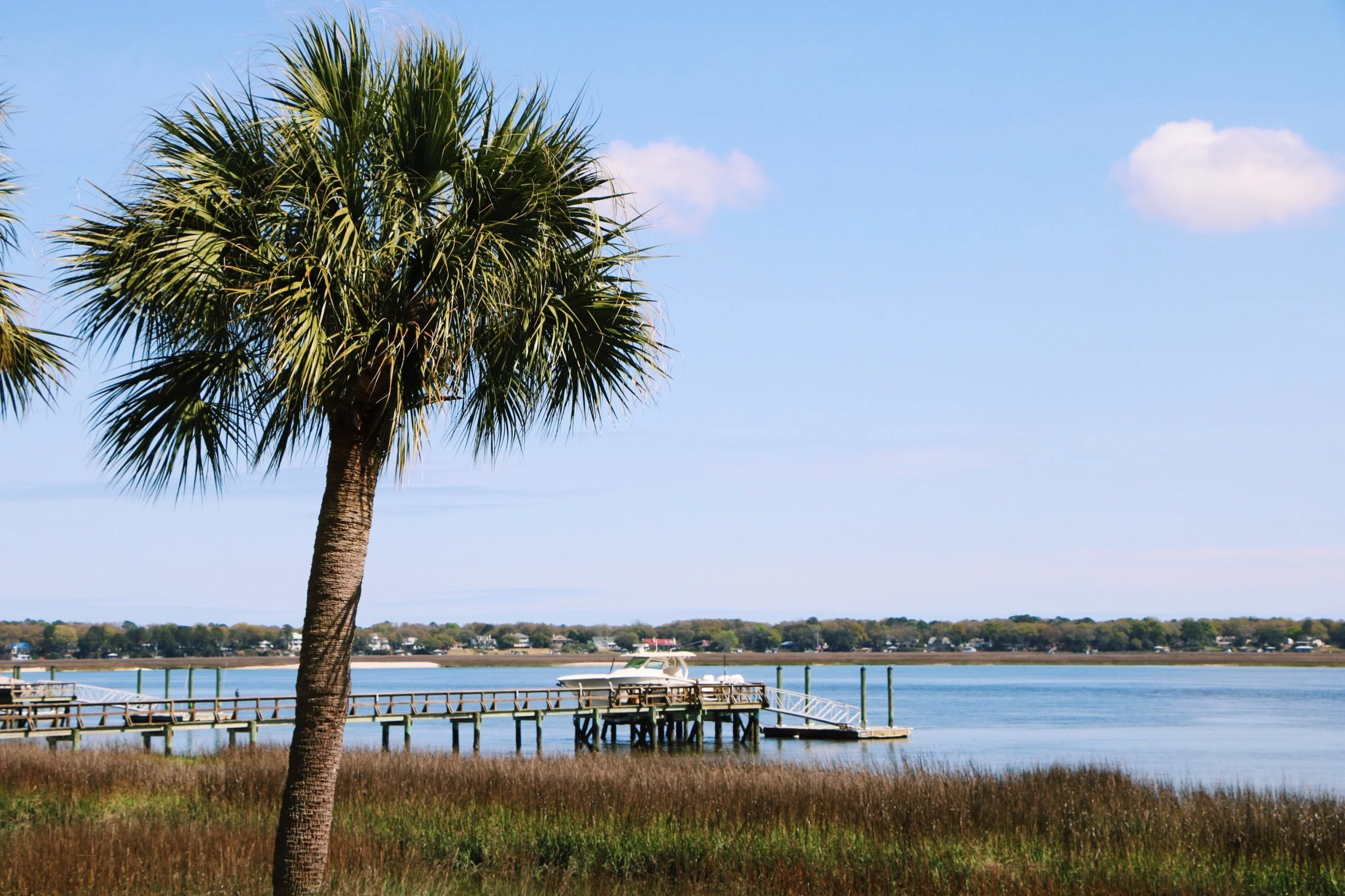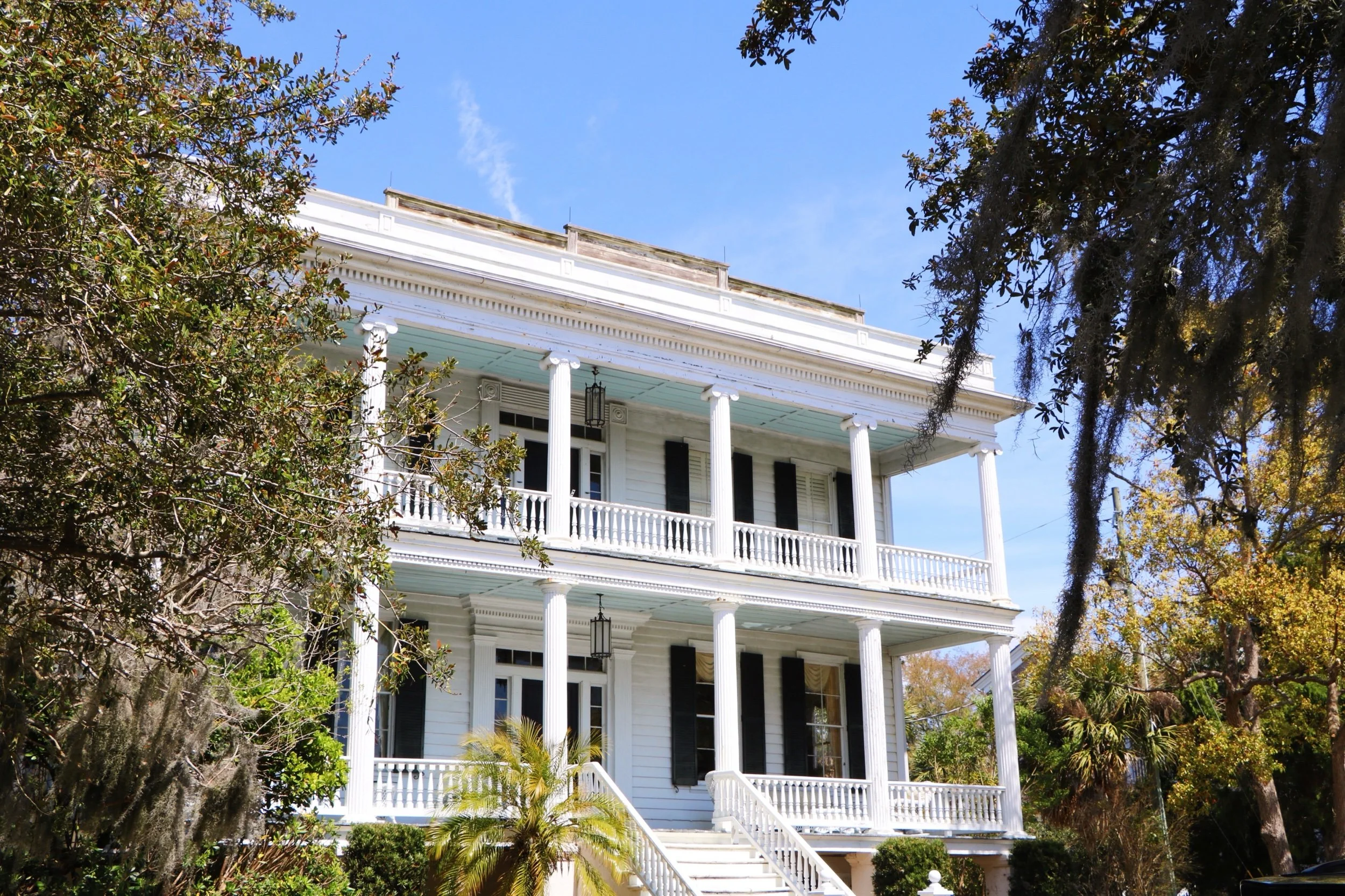Beaufort, South Carolina: a case study in human resilience
Humans are adaptable. This has been seen time and time again throughout history, but one case that recently caught my attention is that of the history of Beaufort, South Carolina.
I fell in love with this quaint, low country town draped in Spanish moss in the spring of 2021. Antebellum period homes line the marshy Beaufort River, echoing back to a different era. The pace of life is slow now—but it wasn’t always that way.
Beaufort’s history began in 1711, when it was officially chartered, making it the second oldest town in South Carolina. The original town was set up, defensively, by the British, with a fort to guard against Spanish invasion. In 1715, the town was burned down by the Yamassee Native Americans, but was rebuilt soon after, and expanded.
During the mid to late eighteenth century, Beaufort’s economy was extremely successful, profiting from rice and indigo plantations as well as ship-building.
Revolutionary War
During the Revolutionary War, Beaufort suffered from internal divide. Both Loyalists and Patriots inhabited the town, making it a center of conflict. According to Lawrence S. Rowland in the South Carolina Encyclopedia, “much of the colonial economy was destroyed by warfare…” Some Loyalists fled the town and settled in the Bahamas where they planted cotton seeds and shipped them back to South Carolina. This resulted in a prosperous cotton economy for Beaufort.
Civil War
The cotton boom led to Beaufort’s status as one of the wealthiest towns in America during the mid-1800s, and it soon after became the birth place of the secession movement. However, Beaufort was quickly conquered by the Union Army and became their military base in the South.
At the conclusion of the Civil War, Beaufort “became a leading center for the Reconstruction” era—a shining example of a successful post-slavery Southern economy.
Reconstruction
“From 1870 to 1893, Beaufort prospered as a commercial and industrial center led by transplanted northern or immigrant merchants and capitalists.” It was an economy based on cotton, timber, phosphate mining and shipping that “transformed Beaufort from a model of the Old South before the war to a model of the New South after the war.”
Their fortune, however, was short lived, and in 1893, a hurricane demolished the town. Much of their agricultural industry moved elsewhere or ended due to decreased demand, and in 1907, a fire burned down most of the central business district. This was just the beginning of what would be two decades of economic decline and misfortune.
World War II
During World War II, Beaufort became a major center for the U.S. Navy and Marine Corp with the new presence of an air station and hospital. This presence has continued to the modern day, supporting Beaufort’s economy along with an increase in tourism.
The people and the economy of Beaufort have adapted with the times. The town provides a fascinating example of how towns and cities can change and develop over time as a result of large external influences—to the extent of completely shifting an economy and a way of life. However, despite the town’s turbulent history, the beauty of Beaufort remains.




